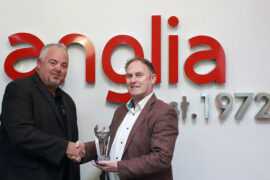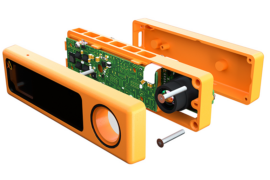SoCrates, a development board based on Altera ARM-based SoC (System on a Chip) solutions has been launched by EBV Elektronik.
The distributor says it has devised the solution to aid engineers who can find the complexity of integrating microcontrollers and FPGAs challenging. It says the board simplifies this process and opens it up to a wider engineering base.
Altera SoC’s incorporate powerful ARM technology for applications that need very fast data processing. Besides the typical FPGA solutions, the SoC is proving of great interest for applications that use FPGAs and microcontrollers on two separate chips.
EBV has designed a board with the specific need of customers in mind. Harald Friedrich, Vertical Segment Director EMEA for FPGAs at EBV, explained: “We really want to show them how easy it is to produce such a design. We have experienced the same in the past: when customers try a design with a complex development board, there are many features not needed in their design.”
“They find it difficult to rebuild the project, and often end up with more complex layouts and more expensive components than they really need”. With the EBV board, they found it much easier and quicker and ultimately lower cost,” he added.
The main part of the SoCrates board is the SoC. It also offers drivers for Gigabit Ethernet, USB and CAN and a lot of general-purpose I/Os, plus a TFT interface and a camera input. It runs the Linux operating system and i is possible to build an embedded controller for graphical user interfaces. Another application is to encode the pictures from the camera input and build a video-over-IP reference design on it.
As the Linux OS demands a driver for every component, EBV will offer its own board support package for all the hardware components on the SoCrates board. It can also rely on a solid network of software partners that can offer continuous support.
EBV will show SoCrates in a series of hands-on workshops throughout Europe to explain the hardware and software design flow of this complex product family. And that it can be used not only as a combination of FPGA and controller, but also as a controller with a very flexible set of peripherals that offers plenty of opportunities.
Solar inverters, power inverters, drive technology, industrial control, field-bus communication are potential applications, as well as home automation, automotive driver assistance and medical devices like endoscopy.








Comments are closed.